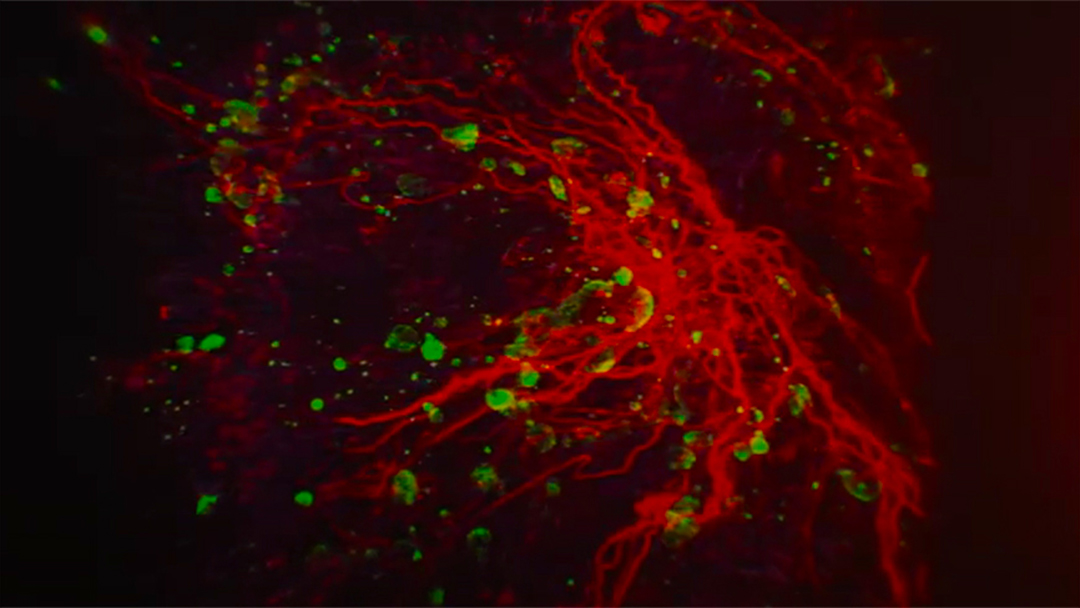Looking back on 20 years with Human Protein Atlas

On the 20th anniversary of the Human Protein Atlas Project, KTH Professor Mathias Uhlén reflects on the journey of this massive database for understanding human biology and helping researchers develop precision medicine.
Each month 300,000 researchers use the open access database, the Human Protein Atlas , which generates about 30 citations daily. This interview with project director and KTH Professor Mathias Uhlén was edited for length.
Let's go back 20 years, this all started after the publication of the Human Genome, right?
Exactly, this basically started with the announcement at the White House, in 2000. We started the first pilot project the same year, and we’ve been working ever since to get order and function into what they described.
Order and function, that’s a good way to put it.
The human genome is interesting because it is a blueprint of human beings. But it doesn’t tell you what is going on in the cells. In order to understand human biology and diseases, you really have to go the next level, which is the proteins. The proteins are the building blocks of all life on Earth. So knowing about the proteins is to start knowing about biology, health and disease.
Text: David Callahan
